The Kodak brand was founded in 1888 by George Eastman, whose goal was to make photography accessible to the general public. Over the years, Kodak has become a brand name synonymous with quality and reliability in photography. The company has enjoyed tremendous success with innovative products such as roll film, inexpensive plastic cameras and portable camcorders.
From the 1940s to the 1970s, Kodak continued to dominate the photography market with its innovative products and clever marketing strategy. During this period, Kodak introduced many products that helped popularize photography and make it more accessible to the general public.
In 1946, Kodak introduced the Brownie Starflash, an inexpensive and easy-to-use camera that helped popularize amateur photography. This model was a great success and helped Kodak grow as a market leader.
In the 1950s, Kodak continued its commitment to quality by introducing a series of new cameras, including the Kodak Retina and the Kodak Instamatic. These models were stylish, simple to use and offered superior image quality. They also helped popularize amateur photography.
In the 1960s, Kodak expanded its product line to include camcorders and slide projectors. The company also began to use television advertising to promote its products, which helped strengthen its market presence.
In 1967, Kodak introduced the Kodak Instamatic 100, an inexpensive disposable camera that once again revolutionized the industry. This model was a big hit with the general public and helped popularize photography.
The 1940s through the 1970s were a period of growth and innovation for Kodak. The company continued to be a market leader with its innovative products and effective marketing strategy. The products introduced during this period helped popularize photography and make it more accessible to the general public.
During the 1970s through 2000, Kodak continued to dominate the photography market by introducing innovative new products and diversifying into new industries. However, the advent of digital photography began to threaten Kodak's position as the market leader.
In the 1970s, Kodak continued its commitment to quality by introducing a series of new cameras and expanding its product line. The company also began to diversify into new industries, such as video film and slide film.
During the 1980s and 1990s, Kodak began to explore the opportunities offered by digital photography. The company developed state-of-the-art digital cameras, but chose not to market them to focus on its film products. This decision was later criticized as it resulted in a loss of market share for Kodak as consumers turned to cheaper digital cameras.
The advent of digital photography disrupted the photography industry and presented Kodak with new challenges. As consumers turned to inexpensive digital cameras, Kodak was slow to embrace the new technologies and continued to focus on its traditional film products. This strategic mistake led to a loss of market share and financial decline for Kodak, which eventually filed for bankruptcy in 2012.
Despite these challenges, the Kodak brand has remained popular with film photography enthusiasts. Today, Kodak produces a range of products dedicated to film photography, such as cameras and film.
Kodak remains an iconic brand in the history of photography. Its name is associated with quality, innovation and accessibility. While the challenges of transitioning to digital photography have led to a difficult time for the company, it continues to support the film photography community with high-quality products. If you're a fan of film photography, be sure to check out our selection of Kodak cameras on our website.











